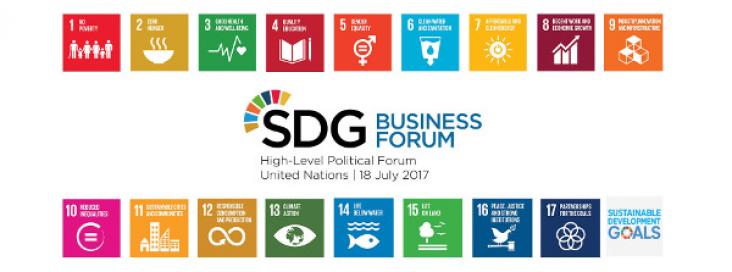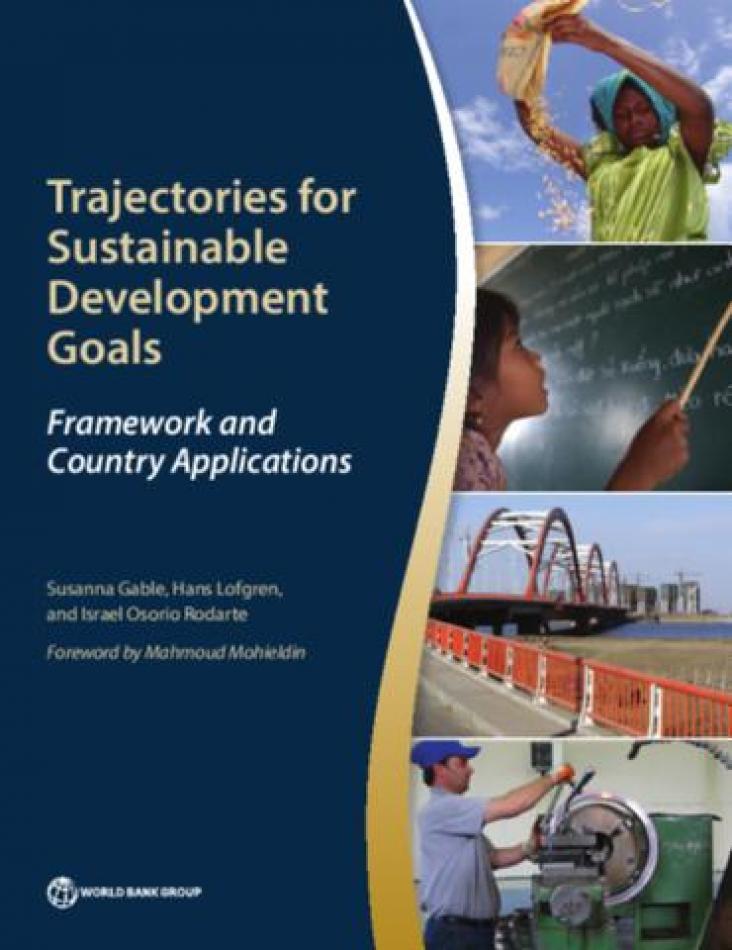Nanoscience is an inspiring and influential discipline of science which have accessible numerous novel and cost-effective yields and applications.

Correspondent banking is the cornerstone of the global payment system, designed to serve the settlement of financial transactions across country borders. It allows companies and individuals to safely move money around the world and supports and encourages global trade. Since the financial crisis, tighter regulations - and in particular the regulatory penalties imposed for violations of anti-money laundering (AML) – have caused western banks to rethink their global strategy. The risks of doing business in many developing nations are beginning to be seen as outweighing the financial benefits brought by correspondent banking activity. As a result, US and European banks have reduced their correspondent banking activity in the riskiest regions.
Strategic human resource management theory suggests that diversity and equality management (DEM) systems provide a firm with a competitive advantage, leading to superior performance.
A review of sustainable energy access and technologies for healthcare facilities in the Global South
Sustainable Energy Technologies and Assessments, Volume 22, August 2017
Access to reliable, affordable and sustainable energy is essential for improving living standards, development and economic growth.

In July the 2017 Sustainable Development Goals (SDG) Business Forum recognised the critical role of business in delivering on the promise of sustainable and inclusive development. In this article, we elaborate on the SDG business case, and how businesses can engage with the SDG framework; driving business growth and productivity, whilst contributing to the better world envisaged by the 2030 Agenda for Sustainable Development.
Material and product life cycles are based on complex value chains of technology-specific elements.
Material and product life cycles are based on complex value chains of technology-specific elements.
The development of new high-efficiency magnets and/or electric traction motors using a limited amount of critical rare earths or none at all is crucial for the large-scale deployment of electric ve
This book chapter advances SDG 11, 15 and 9 presenting the role of adaptation of buildings in the context of climate change, the consequent implications on buildings in various climatic zones, and the possible strategies that need to be evaluated.

This book presents the country development diagnostics post-2015 framework, developed by the World Bank Group to assess the country-level implications of the post-2015 global agenda, as well as brief, ‘at-a-glance’ applications of the framework to ten countries: Ethiopia, Jamaica, the Kyrgyz Republic, Liberia, Nigeria, Pakistan, Peru, the Philippines, Senegal, and Uganda.
